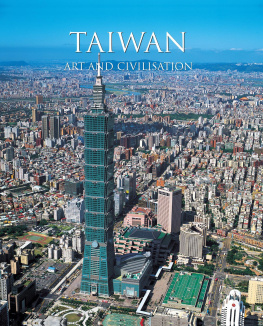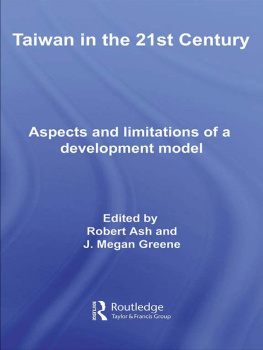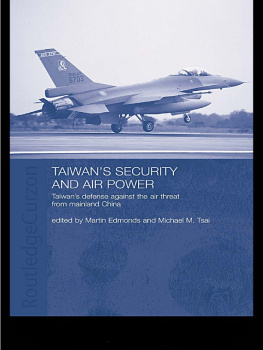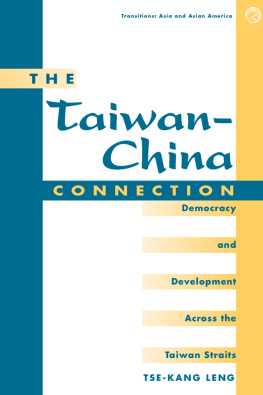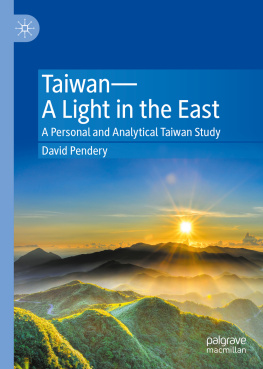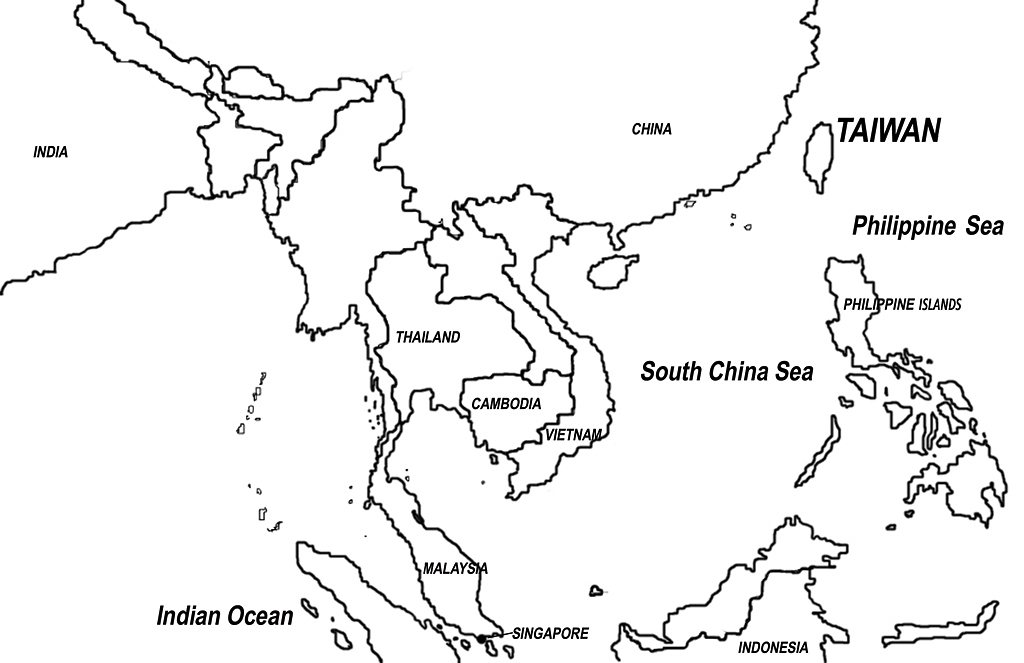Project manager: Dr. Hsiu-Huei Wang
No part of this publication may be reproduced or adapted without the permission of the copyright holder, throughout the world. Unless otherwise specified, copyright on the works reproduced lie with the respective photographers. Despite intensive research, it has not always been possible to establish copyright ownership. Where it is the case we would appreciate notification.
An Invitation
Knowing and Appreciating
Taiwans Beauty
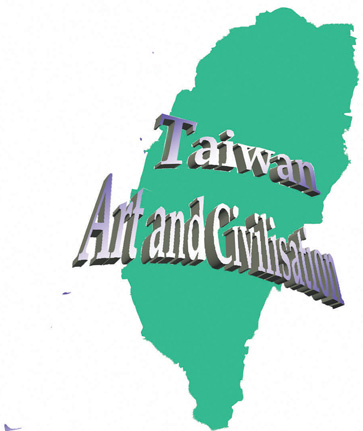
By Tchen Yu-Chiou
Secretary General, National Cultural Association
In the last forty years, studying and working have given me the chance to make innumerable trips abroad. Among the foreigners I have met, many have been to or heard of my country Taiwan, while some do not even know where Taiwan is, or what kind of country it is. But when they hear me describe or introduce Taiwan, they often say something like: Is that so! or Oh, spectacular, I didn t know that!
Yes, Taiwan is indeed a place full of surprises, a mesmerizing island.
This island nation, occupying only 36000 square kilometers, once implemented martial law for 38 years, the longest period of martial law in the world . During this period, due to its people s hard-working nature, Taiwan became one of the world s largest textile producing nations in the 1970s, and one of the leading computer products manufacturer in the 1990s. Entering the twenty-first century, Taiwan, with its population of 23 million, is the sixteenth world economy in terms of GDP and third in its foreign currency reserves. Its competitiveness stands at number 13 among 125 countries, according to the 2005-2007 Report on Global Competitiveness of the World Economic Forum.
The second impressive thing about Taiwan is its natural environment and culture.
Taiwan s geographical location is special, helping create a diverse natural scenery and ecology. Not only are plants from many different climatic zones represented; their habitat and species diversity are also uncommon. On this land, there are aborigines who share a common ancestry with the Austronesians , but who have developed their own culture that is uniquely Taiwanese. In recent centuries, however, as a result of historical factors such as immigration and colonization, there developed a phenomenon where Chinese Han culture, Western culture, and Japanese culture blended together.
Thus we see that Taiwan has long been multicultural, its different cultures coexisting symbiotically. The world not only witnesses different species existing here, but also different ethnic groups coexisting together, different cultures agitating, gradually forming the face of modern Taiwan, spurring this tiny island s creativity and arts to truly amazing accomplishments. Especially since entering into the democratic era beginning in the 1990s, full progress and impressive achievements have been made in the visual and performing arts.
The diverse geography and assorted ethnic cultures have enabled the Taiwanese to bravely face difficulties and challenges, with unwavering stamina, in spite of repeated assaults, and a gentle, good-natured fellow-feeling. This capacity for life is also on constant display in the annual festivities and ceremonies.
To the Taiwanese and the world, Taiwan possesses two famous and conspicuous landmarks : Yushan , the tallest mountain peak in East Asia, and the Taipei 101 skyscraper, the tallest building in the world. They represent imprints of natural history and modern science, respectively. Rising confidently out of the earth, with their tangible shapes, they show the world Taiwan s intangible loftiness.
Even though the island of Taiwan is fifteen million years old, the Taiwanese are a vigorous, emerging people of recent times. They have not only preserved completely their traditional characters and traditional Chinese culture, but have also generated the most dazzling creative energy. In the Chinese-speaking world, Taiwan is also the most accomplished in establishing democracy and human rights standards.
Taiwan is like a diamond, small yet beautiful, small yet sparkling. Through this album s words and pictures, I hope international friends can become further acquainted with Taiwan appreciate it. I also invite readers to share the beauty of this oriental island nation situated in the global village.
Introduction
By Janice Lai
Director General, Taiwan Tourism Bureau
It is my great privilege and pleasure to jot down a few paragraphs to introduce this splendid compendium, aimed at acquainting readers with Taiwan s beauty. The brain-child of Mme Tchen Yu-Chiou, Secretary General of the National Cultural Association, can reasonablely be expected to be universal in its appeal. Mme Tchen studied music in Paris for nearly a decade and is an established, world-famous pianist.
It was her heart-felt love for Taiwan that brought her back to her native home and inspired this book.
This volume illustrates landscape and human activities of Taiwan in both words and photographs. The coverage is quite comprehensive, including landscapes, the visual arts, architecture and performing arts. Many readers are likely to be familiar with the Taroko gorges and the Cloud Gate Dance Theatre of Taiwan, internationally acclaimed site and performing arts ensemble included in these pages. But there are many other lesser-known attractions that remain to be explored and appreciated in Taiwan.
It is said a picture is worth a thousand words, and to a large degree, this book trusts the photos to speak for themselves. Viewed through the lenses of our photographers, one may amply see that Taiwan is indeed a mesmerizing island replete with delightful surprises.
Taiwan is an economically advanced country with a complex history. Today, it boasts a fervent democracy unrivalled in Southeast Asia. As you flip through these pages, you will see the cultural diversity of its long history.
With great pride, I prese nt to you, the ultimate guide Taiwan Art and Civilisation . I am sure that this precious book will open new windows to the diversity and beauty of Taiwan.
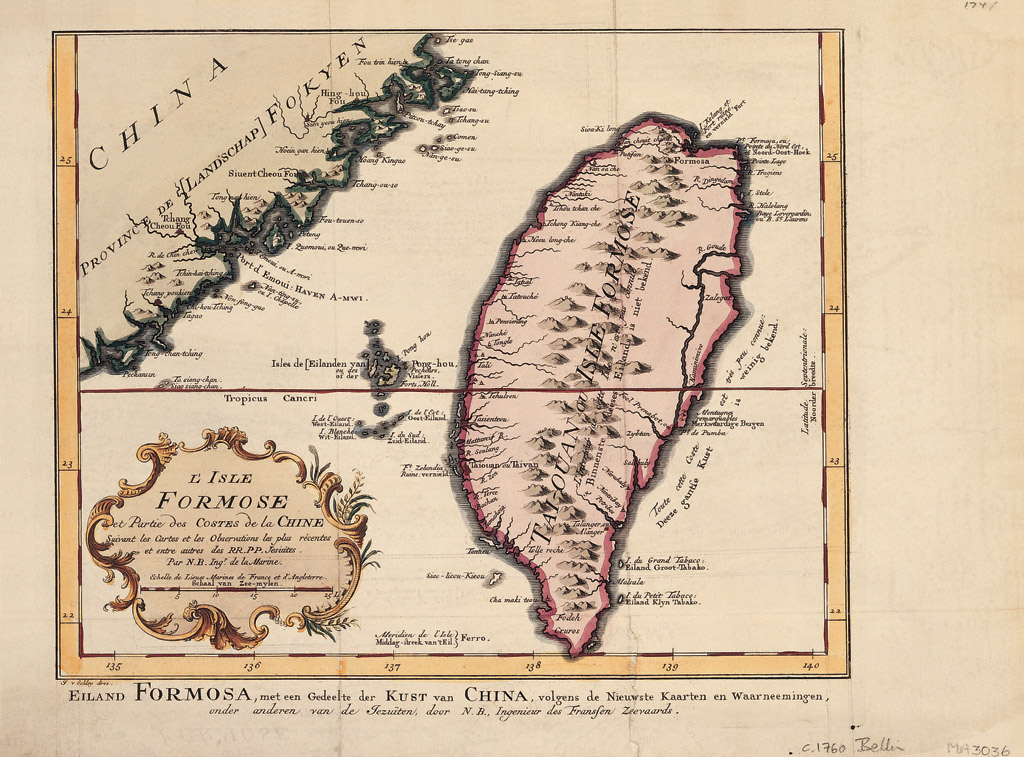
Map of the island of Formosa and coastal China made by the Frenchman J.N. Bellin (1760).
More than Thirty Thousand
Years of History

Thanks to archaeologists and the sites and artifacts they unearthed, it has been proven that the earliest inhabitants of Taiwana land at least fifteen million years oldcan be traced back to thirty-seven thousand years ago. On Taiwan s east coast, the Changbin Culture site in Taitung County silently tells of stone-age men using chipped stone tools to hunt, whereas the five main sites of the Peinan Culture present the social behaviors and lifestyle of agricultural settlements that engaged in farming, pottery production, and trade.

